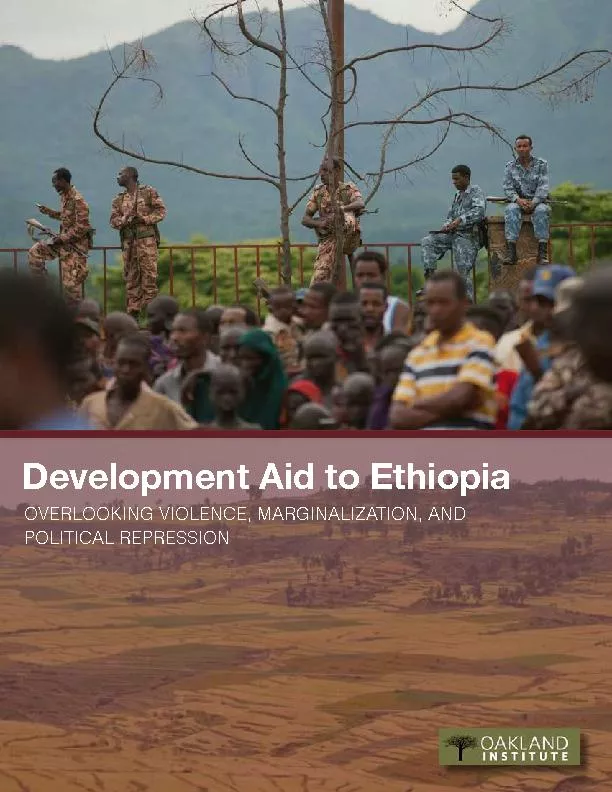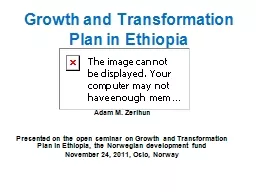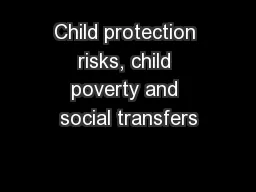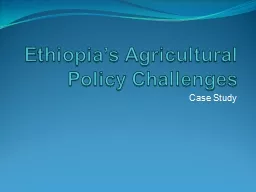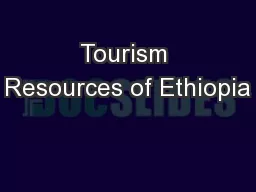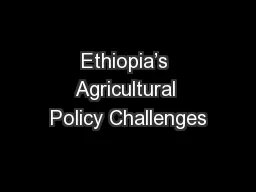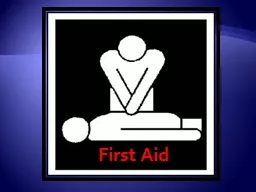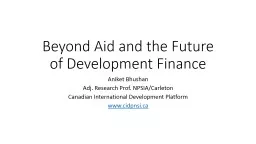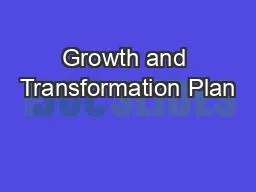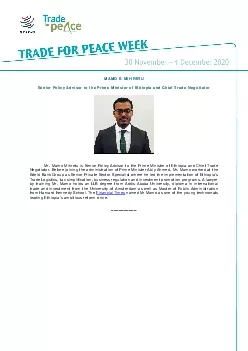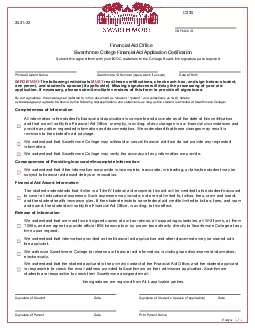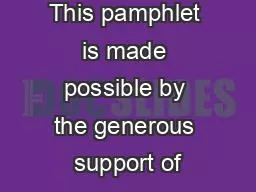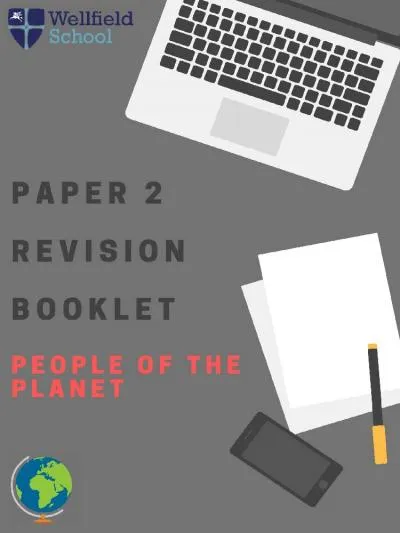PDF-Development Aid to Ethiopia
Author : luanne-stotts | Published Date : 2016-03-21
OVERLOOKING VIOLENCE MARGINALIZATION AND DEVELOPMENT AID TO ETHIOPIAA Publication of the Oakland InstituteOVERLOOKING VIOLENCE MARGINALIZATION AND CKNOWLEDGEMENTS is
Presentation Embed Code
Download Presentation
Download Presentation The PPT/PDF document "Development Aid to Ethiopia" is the property of its rightful owner. Permission is granted to download and print the materials on this website for personal, non-commercial use only, and to display it on your personal computer provided you do not modify the materials and that you retain all copyright notices contained in the materials. By downloading content from our website, you accept the terms of this agreement.
Development Aid to Ethiopia: Transcript
OVERLOOKING VIOLENCE MARGINALIZATION AND DEVELOPMENT AID TO ETHIOPIAA Publication of the Oakland InstituteOVERLOOKING VIOLENCE MARGINALIZATION AND CKNOWLEDGEMENTS is report was written by Luis. Accelerating Industrial Development in Africa. A Collaborative Research Program of. The African Development Bank, . The . Brookings Institution, . and . the United Nations University – World Institute of Development Economics . in Ethiopia. Adam M. . Zerihun. Presented on the open seminar . on Growth and Transformation Plan in Ethiopia, . the Norwegian development fund. November 24, 2011, Oslo, Norway. IMF and World Bank . criticize . Paul Dornan. March 2013. Outline. Young . Lives . study. Extent of child protection related risk in survey data and links with material circumstances. Tracing . impact of . poverty/material . circumstance on child protection . Case Study. Key Dialogue Questions (KDQ). Should the lead sector for economic development be agriculture or industry, given that Ethiopia is a non oil-dependent developing country?. Should more priority be given to smallholder farms or private commercial farms, given the context of the agriculture sector of Ethiopia?. . 1. . . Main . highlights 0f Ethiopia. : . :. . To understand the nature of different tourism products , . . To develop and manage appropriate tourism products . To able to know. the major tourism resources and current tourism circuits of Ethiopia. Geothermal Resource Council Annual Meeting. . Las Vegas, Nevada, September, 2013. . Gosaye. . Mengistie. . Abayneh. Director Energy studies and Development, MOWE, Addis Ababa Ethiopia . Ethiopian Renewable Energy Sector Development program . Case Study. Key Dialogue Questions (KDQ). Should the lead sector for economic development be agriculture or industry, given that Ethiopia is a non oil-dependent developing country?. Should more priority be given to smallholder farms or private commercial farms, given the context of the agriculture sector of Ethiopia?. First Aid First Aid- - Emergency medical care for someone who has been hurt or sick Knowing first aid and acting quickly can save someone’s life. Giving First Aid Identify what is wrong Check the scene….is it safe? Beyond Aid and the Future of Development Finance Aniket Bhushan Adj. Research Prof. NPSIA/Carleton Canadian International Development Platform www.cidpnsi.ca Outline Part 1 Setup: theory and quick overview of data in Ethiopia. Adam M. . Zerihun. Presented on the open seminar . on Growth and Transformation Plan in Ethiopia, . the Norwegian development fund. November 24, 2011, Oslo, Norway. IMF and World Bank . criticize . named Mr Mamoas one of the young technocrats leading Ethiopias ambitious reform drive Page 1/1IMPORTANTone parent and student146s spouse if applicable Missing signatures will delay the processing of your aid application If necessary please submit multiple versions of this form to provi the American people through the United States Agency for International Development USAID The contents are the of USAID or the United States GovernmentIN PARTNERSHIP WITHTarget woredas in Bale Zone Oro ?. Development in geography can be defined as the rate at which a country progresses/advances. . Development . can be classified in many ways. :. Social. development-Improving people's quality of lives. It includes improving healthcare and quality of education.
Download Document
Here is the link to download the presentation.
"Development Aid to Ethiopia"The content belongs to its owner. You may download and print it for personal use, without modification, and keep all copyright notices. By downloading, you agree to these terms.
Related Documents

